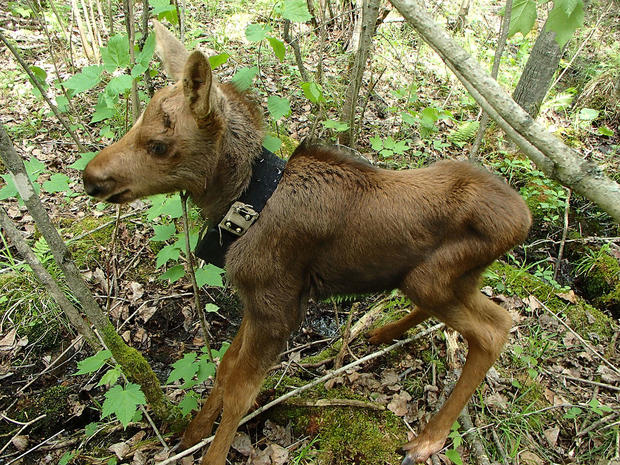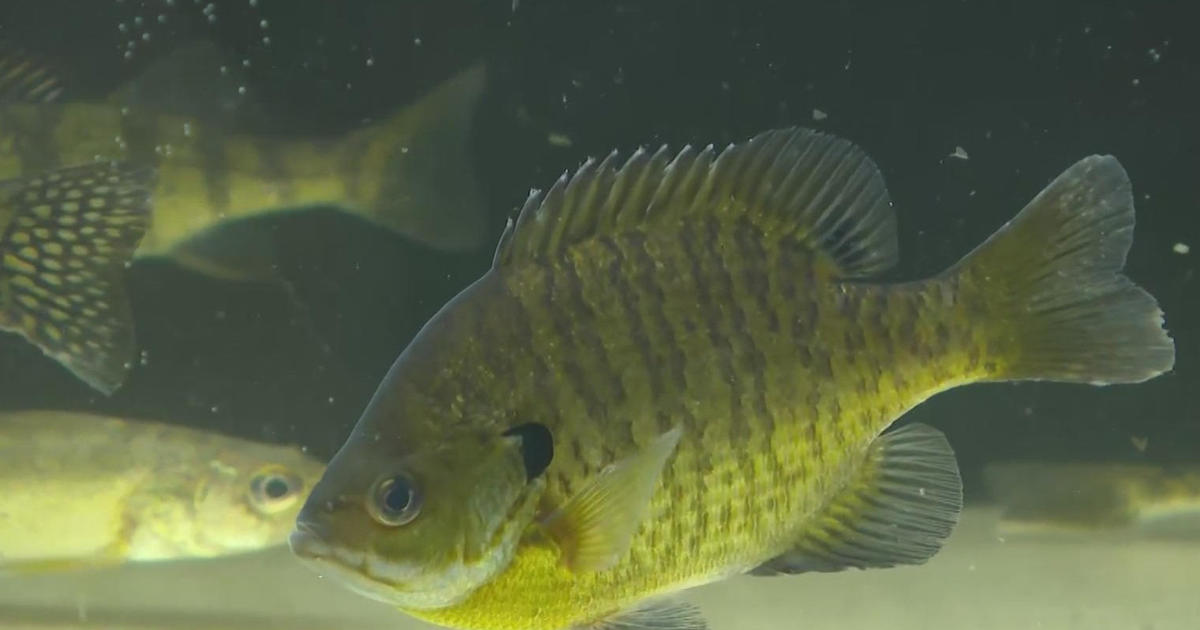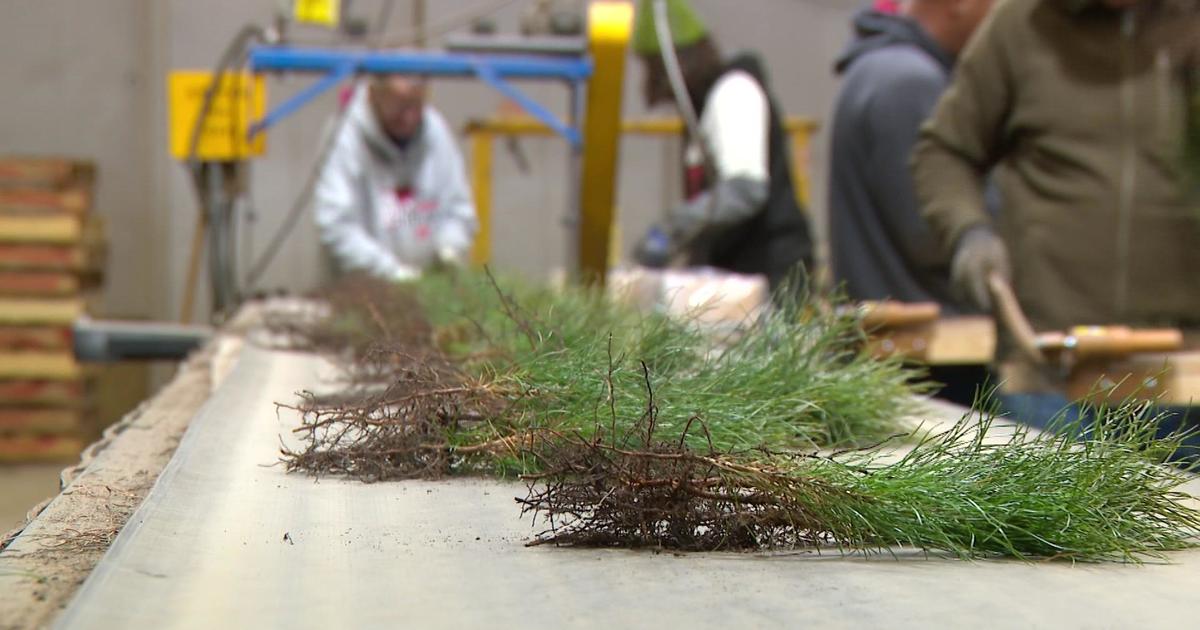Minnesota's moose population officially stands at 3,470, down from 8,840 in 2006
ELY, Minn. — Every year, biologists take flight to count moose in Minnesota, and now they've released their latest figures. The Minnesota moose population has stayed relatively stable at 3,470 in 2024. But that's a far cry from where it stood less than two decades ago.
The figures from 2006 showed a robust population of 8,840 moose.
"Somewhere between 2009 and 2013 we cut our population in half. So we've been hovering around that 3,000 to 4,000 mark for quite some time," said DNR Moose Survey Coordinator Nancy Hansen.
READ MORE: Moose spotted in southern Minnesota, hundreds of miles from natural habitat
The state's moose are largely clustered in the Arrowhead region. They tend to stay within the Boundary Waters Canoe Area and areas inland from the North Shore of Lake Superior.
"We're hoping we can at least maintain our population that we have and not drop any further," said Hansen.
To do that, Hansen says we need to build more moose habitat, something that is currently in the works with larger projects to turn up to 50,000 acres at a time back into moose havens.
Despite the relatively stable results, DNR researchers say moose are at risk when you consider long-term trends like climate change, parasites and predation.
And even though pregnancy rates are strong, calf survival continues to be an issue.
"Calf survival is really critical to growing the population," said Hansen.
It's something many hope can happen if experts strategically intervene.
Less snow also means better tick survival rates. They can swarm moose by the tens of thousands. The blood loss, with other factors, can be deadly or at least make it harder to produce viable calves.
WCCO found a stretch of the Superior National Forest that was scorched by the Greenwood Fire in 2021. It didn't look very picturesque to the news crew on the ground, but to a moose, it's an ideal setting for grazing. They prefer new growth and the vegetation that grows right after wildfires, logging or severe weather blowdowns.
Despite the threat we all face in this warming climate, the work will continue to hold on to the natural wonders we're lucky to have and to build a new future where our largest wild animal thrives.





